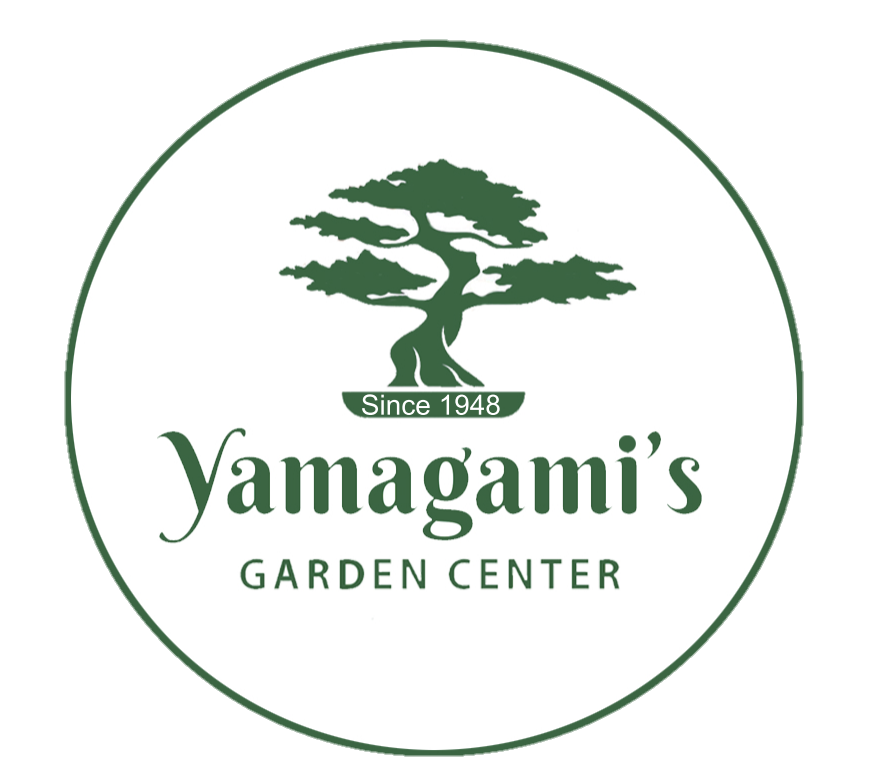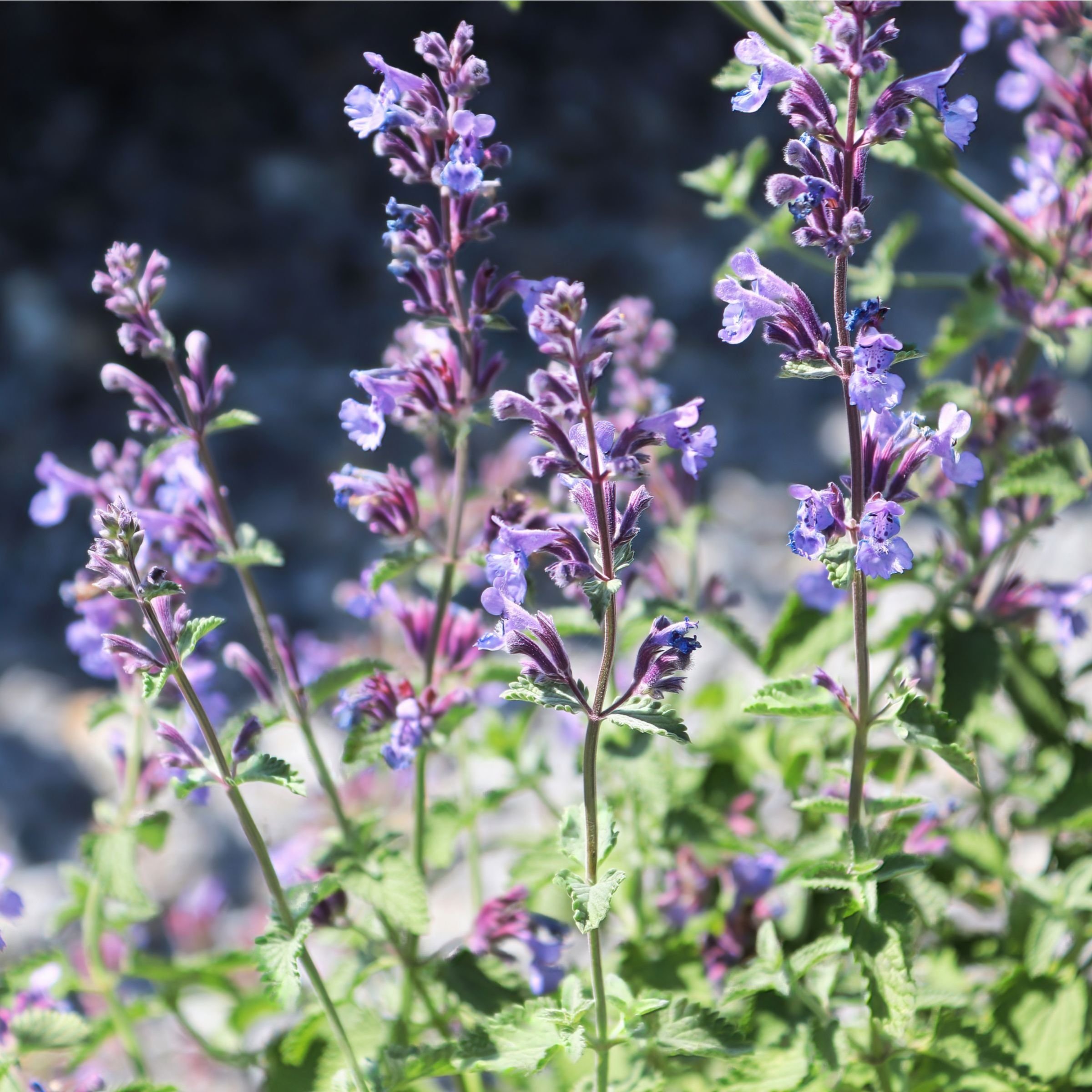Pollinator plants that tell you about the birds & the bees
Dreaming of luscious summer fruit and veg harvests? Our friends, the pollinators, will turn that dream into a reality!
Think the more, the merrier. Abundant pollinators not only improve fruit development and quality but also increase fruit size.
It’s a win-win situation, really. You provide a safe haven/buffet for the pollinators, and they come in and pollinate the plants which will then provide you with an incredible harvest.
An extra win for you: You get an exclusive, private show of all that beautiful wildlife in your garden.
The next time you’re adding plants to your garden wishlist, be sure to include the types that attract pollinators. Here are 11 of our favorites:
Salvia ‘Hummingbird Falls’
When you visit us at the garden center, just follow the butterflies and bees. No doubt, they’ll lead you to the enormous table in the back, stocked end to end with several varieties of salvia.
The purple, lavender or pink spikes of this hardy annual attract bees, butterflies, and hummingbirds.
Penstemon ‘Sour Grapes’
The vivid, tubular flowers of this North American native shrub provide the perfect vessel for butterflies and hummingbirds to sip from.
Growing tip: Penstemon prefer a dry climate, thriving in loose soil with good drainage.
Lantana
Lantana is a drought-tolerant annual with beautiful jewel-toned flowers in red, orange, pink, white, or yellow. Its bright blossoms attract butterflies, bees, and hummingbirds.
Scabiosa (Pincushion Flower) ‘Butterfly Blue’
Scabiosa come in a range of lovely colors. The “pincushion” shape of Scabiosa blossoms creates the perfect landing pad for bees and butterflies.
Catmint
The purple spikes of this perennial attract bees, butterflies, and hummingbirds. Hardy and drought-tolerant, it survives in poor soil and harsh winters.
Growing tip: Catmint flowers for several weeks, but you can snip it back to encourage more blooms.
Caryopteris
Clusters of Caryopteris’s vivid purple-blue blooms attract butterflies, hummingbirds, and bees. This drought-tolerant plant requires little maintenance once established.
Achillea ‘Milly Rock Red’ Yarrow
Yarrow is pollinator-friendly and low-maintenance, making it ideal for borders and ground covers. With stunning flower heads made of many small, tightly-packed blooms, Yarrow is pest-resistant, drought-tolerant, and attracts butterflies
Harvesting tip: Yarrow is great for cutting and drying.
California Fuchsia
The California Fucshia is a perennial plant with a profusion of scarlet flowers, blooming even at the height of summer. There's arguably no better native California plant for attracting hummingbirds than this one.
Lavender
Lavender, with its tall flower spikes and shrub-like appearance, is a beautiful addition to borders and perennial gardens. It’s a favorite of honeybees and bumblebees.
A word of caution: Lavender is toxic to dogs and cats.
Canna Lily
If you’re going for a stunning tropical vibe, plant canna lilies in beds or pots. These gorgeous upright flowers attract hummingbirds.
Zinnia ‘State Fair Mix’
Bold and lovely, Zinnia ‘State Fair Mix’ grow tall (up to 3 feet) and produce large, cheerful blooms. Bees and butterflies (and humans) vie to get these flowers!
Yamagami’s pro tip: Plant flowers in clumps so your winged visitors can easily find your garden’s bounty. Low on space? Simply use containers and pots to plant your pollinator plants.












